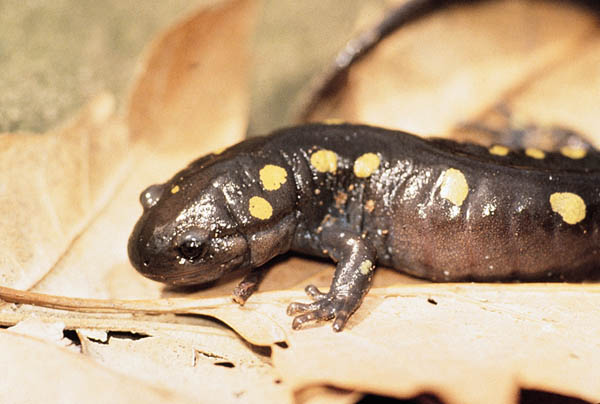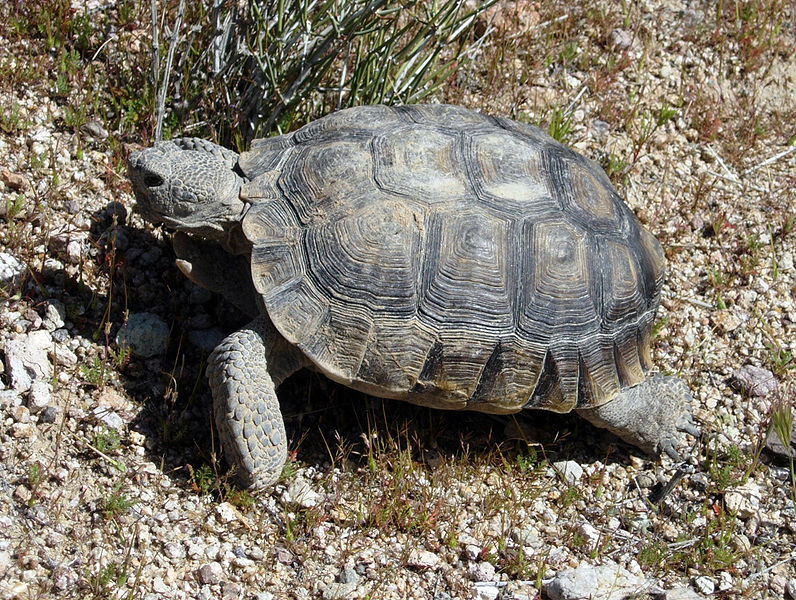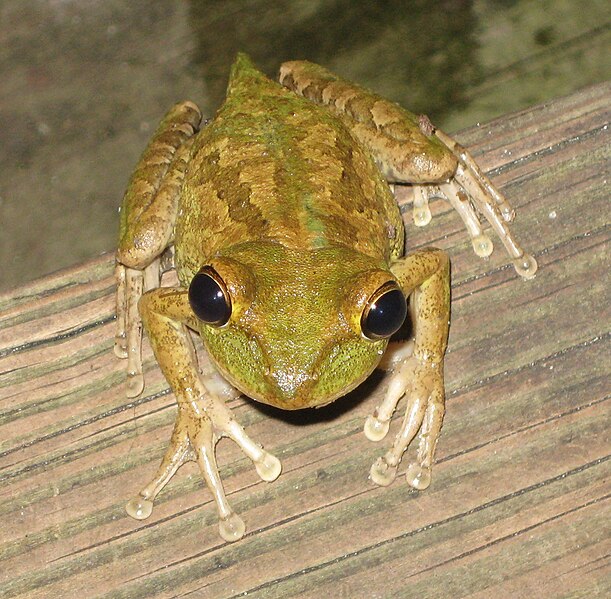 Global amphibian declines and extinctions spurred herpetologists to pay special attention to frogs, salamanders and caecilians in 2010. In Part 1 of this article, I reported on the discovery of several new species, and the re-discovery of a few that had not been seen for decades. Today we’ll look at interesting findings concerning a well-known salamander that houses algae in its cells and a rarely- seen species that lives for over 100 years.
Global amphibian declines and extinctions spurred herpetologists to pay special attention to frogs, salamanders and caecilians in 2010. In Part 1 of this article, I reported on the discovery of several new species, and the re-discovery of a few that had not been seen for decades. Today we’ll look at interesting findings concerning a well-known salamander that houses algae in its cells and a rarely- seen species that lives for over 100 years.
Algae in Salamander Cells
It’s long been known that algae growing within the egg masses of Spotted Salamanders, Ambystoma maculatum, provides oxygen to the embryos and utilizes their waste products. In 2010, however, Dalhousie University (Canada) biologists shocked the herp world by announcing that they had found living algae within Spotted Salamander cells, functioning as it does in the egg mass. This is the closest known association between a vertebrate and a plant, mimicking in some ways the relationship between algae and coral. Read More »
 That Reptile Blog – Reptile, Amphibian and Exotic Pet Care and Information
That Reptile Blog – Reptile, Amphibian and Exotic Pet Care and Information




